Posts
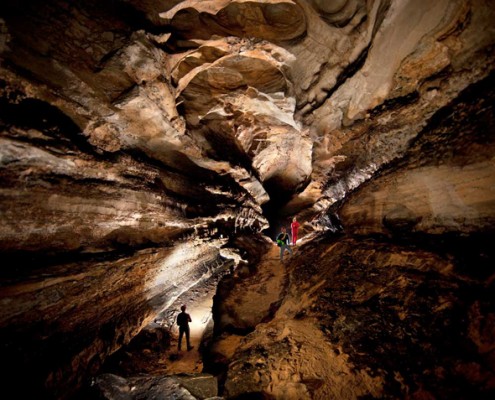
Karst Landscapes in China, Across the Continents
Although caves and karst landscapes often serve as a destination for fourth grade field trips, they certainly have direct relevance to the 1.5 billion people who live in karst regions -- many of whom rely on karst aquifers for drinking water.
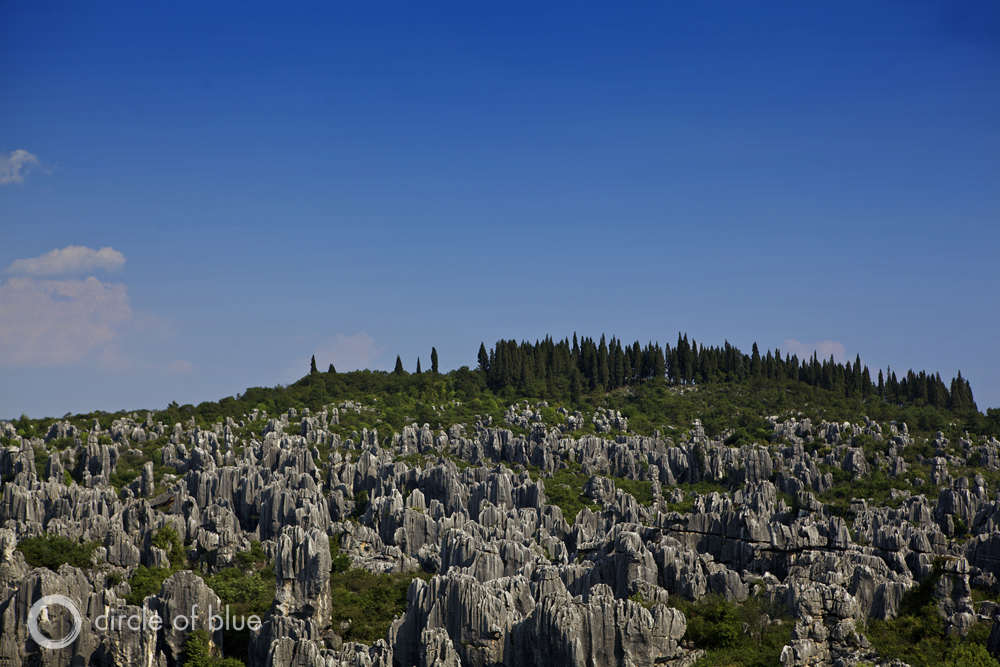
‘Romeo and Juliet’ of China Captured in Karst
Among all the scenic spots in Shilin, the rock of Ashima in the Small Stone Forest is the most famous. This rock resembles a girl, with a kerchief on her head and a bamboo basket on her back. The shape and expression are surprisingly lifelike. Tourists dress up in traditional Sani -- a branch of the Yi ethnic group -- dresses to strike the same pose next to the stone girl.
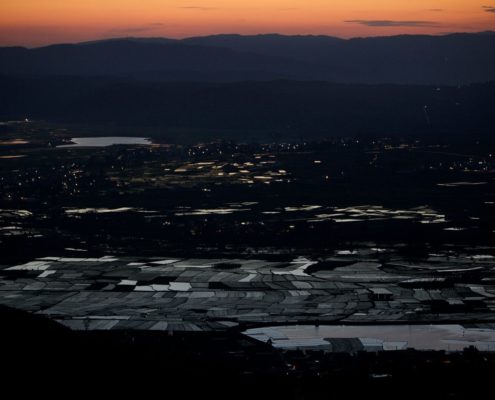
Connecting Caves, Karst Landscapes and Climate Around the World
Scientists who study caves and karst landscapes are like all researchers. They look for data that addresses the broadest and most significant questions possible.
It turns out that caves do a good job of providing significant answers. Those that contain animal fossils and records of ancient humans, for example, have been shown to have great value for understanding climate change and past environmental conditions.

China’s Water: Circle of Blue, Wilson Center Panel & Exhibit Jan. 20
0 Comments
/
Join Circle of Blue, the China Environment Forum and Western Kentucky University for Hidden Waters, Dragons in the Deep, a special discussion and photography exhibit opening at the Woodrow Wilson International Center for Scholars on January 20 in Washington. Following the footsteps of centuries of scholarship within China, scientists around the world are studying China's complex karst landscape, working to empower local populations to gain access to water that flows in giant rivers unseen beneath the ground. Presented with support from USAID. RSVP here.

Late Night Deal At Copenhagen Conference Seen As First Step
As the Copenhagen conference comes to a close, U.S. President Barack Obama announces climate deal while Sudanese leader Lumumba Di-Aping says developing nations should block the agreement.
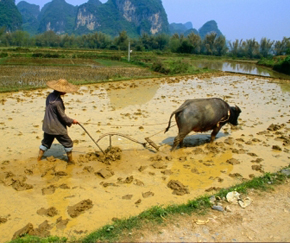
China’s Poor Farmers Hit Hardest by Climate Change
Farmers on the edge of poverty in China’s rural provinces face a bleak future in the wake of warmer temperatures, more frequent droughts and infrequent rainfall. The changing climate is forcing many harvesters into poverty or keeping them from climbing out.
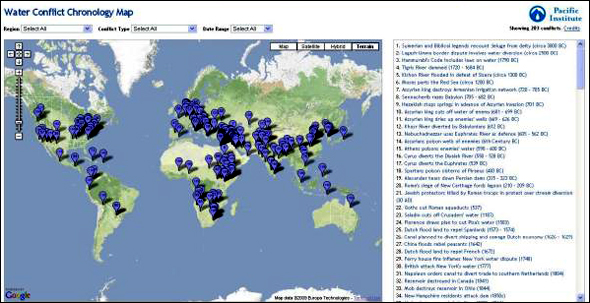
Peter Gleick: Water and Conflict – The New Water Conflict Chronology
In an ongoing effort to understand the connections between water resources, water systems, and international security and conflict, the Pacific Institute initiated a project in the late 1980s to track and categorize events related to water and conflict.
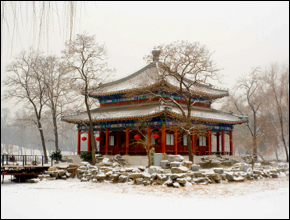
Climate Change Threatens China’s Crops, State Forecaster
China’s chief meteorologist recommends adjusting to global warming over fighting it.
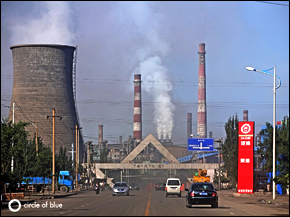
Environmental Policy Council Advises Cut in China’s Carbon Intensity
China should reduce its carbon intensity by 4 to 5 percent per year to achieve goals of low-carbon development by 2050. The proposal from the China Council of International Cooperation on Environment and Development (CCICED) is the first time such a high-level organization has proposed firm targets for emissions.
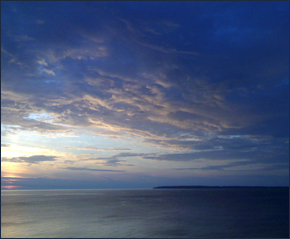
Michigan Looks Forward and Sees a New, Blue Economy
Business and government leaders in Southeast Michigan want to move beyond the green economy to a blue one, leveraging the state’s plentiful freshwater access for its economic advantage.
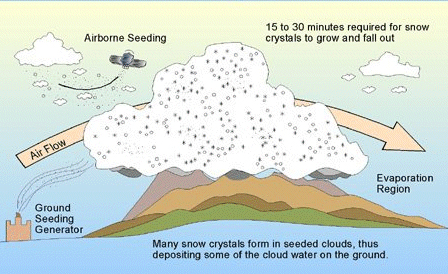
Beijing’s Snow Day Might Hold Solution to Climate Problems
Cloud seeding, a weather modification technique that induces precipitation, might be the key to keeping the Earth’s temperature in balance, scientists say.
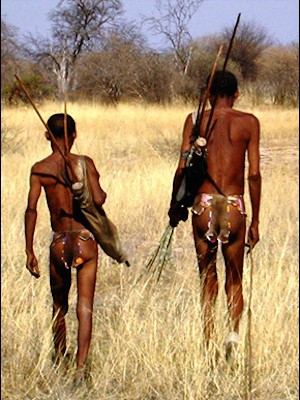
Heart of Dryness: Climate Change Coping Strategies
Since the dawn of Homo sapiens in arid Africa, nine tenths of our evolution has unfolded as foragers. Only relatively recently did our species embark on agriculture, and recent events suggest certain limits to that extraordinary experiment. Exponential population growth has combined with unprecedented climate change until half the planet’s land surface can now be classified as drylands—arid landscapes inhabited by a third of humankind.

